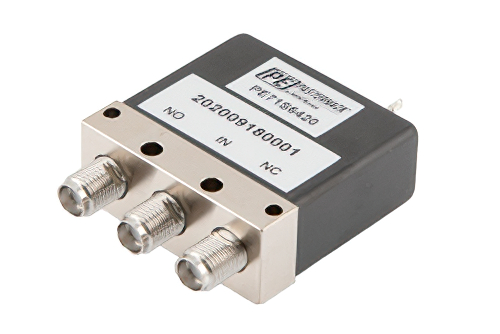In the world of electrical engineering, electromechanical relays have long been a fundamental component in various industries. These devices serve as crucial switches, controlling the flow of current in electrical circuits. While the advent of solid-state relays has introduced new possibilities, electromechanical relays still hold a distinct advantage in certain applications. In this article, we will explore one key advantage of electromechanical relays that sets them apart from their solid-state counterparts.
Advantage: Robustness and Tolerance to Overload
Electromechanical relays offer unparalleled robustness and tolerance to overload conditions, making them an ideal choice in demanding environments. Unlike solid-state relays, which are sensitive to excessive heat and current, electromechanical relays can withstand high levels of electrical stress without compromising their performance. This advantage stems from their mechanical design, which incorporates physical contacts to control the circuit.
- Enhanced Durability:
The physical contacts in electromechanical relays are typically made of durable materials such as silver or gold alloys. These materials exhibit excellent conductivity and are resistant to wear and tear, ensuring prolonged relay lifespan. In applications where frequent switching or high current loads are present, electromechanical relays outshine their solid-state counterparts by providing reliable operation over extended periods. - Superior Overload Protection:
Electromechanical relays excel in protecting circuits from overload conditions. When excessive current flows through the relay, the contacts can handle the surge without suffering damage. This capability is particularly valuable in industrial settings where power fluctuations or short circuits may occur. By promptly interrupting the circuit, electromechanical relays prevent further damage to sensitive components, ensuring the safety and longevity of the entire system. - Flexibility in Load Compatibility:
Another advantage of electromechanical relays lies in their ability to handle a wide range of loads. Whether it's low voltage or high voltage applications, electromechanical relays can accommodate various load types, including inductive, capacitive, and resistive loads. This versatility makes them suitable for diverse industries such as automotive, aerospace, and power distribution, where different types of loads are prevalent.
Conclusion:
In conclusion, the robustness and tolerance to overload conditions are key advantages of electromechanical relays. Their enhanced durability, superior overload protection, and flexibility in load compatibility set them apart from solid-state relays in demanding environments. By leveraging these advantages, engineers can design more reliable and efficient systems across a wide range of industries. Electromechanical relays continue to be an indispensable component, ensuring the smooth operation and longevity of electrical circuits.


